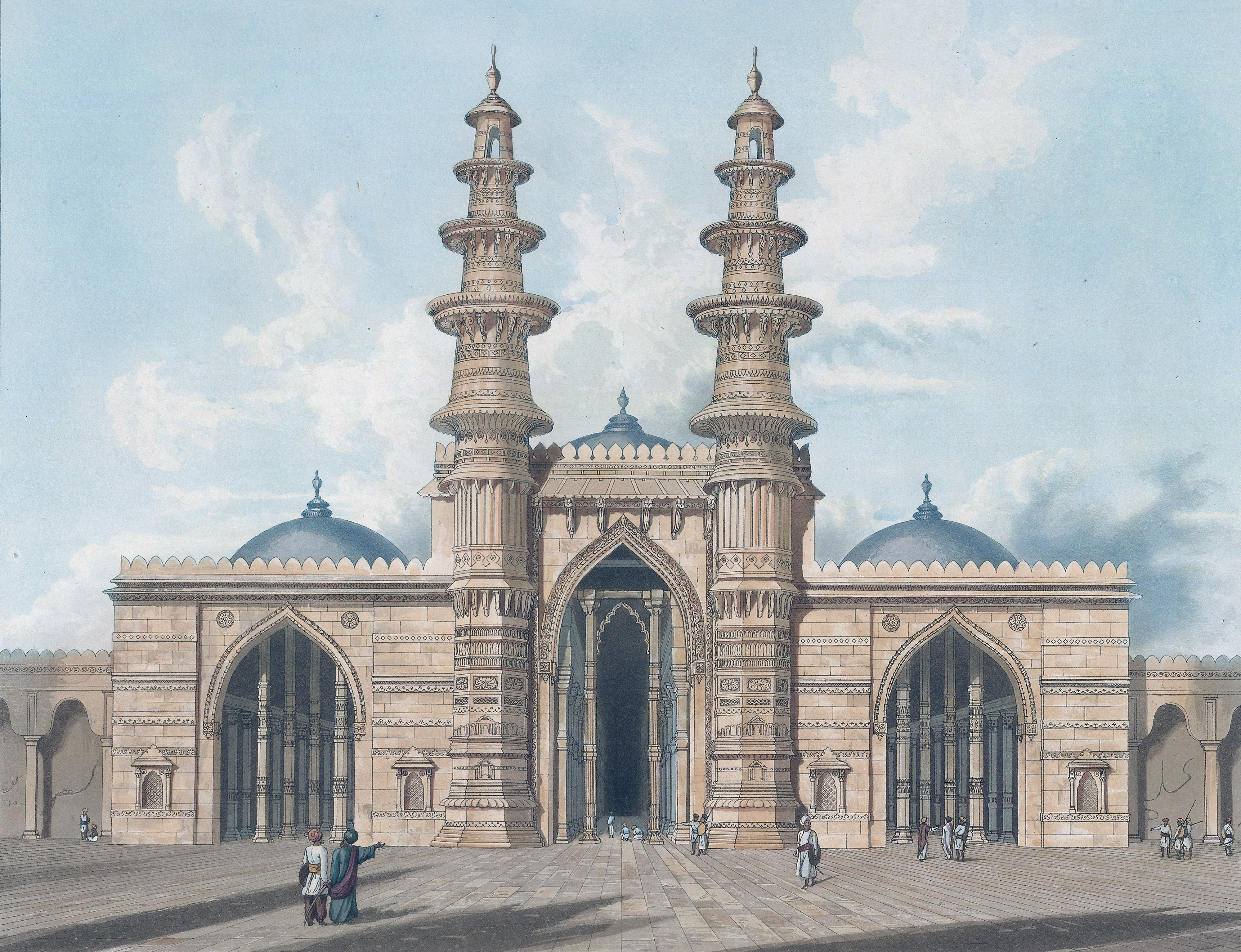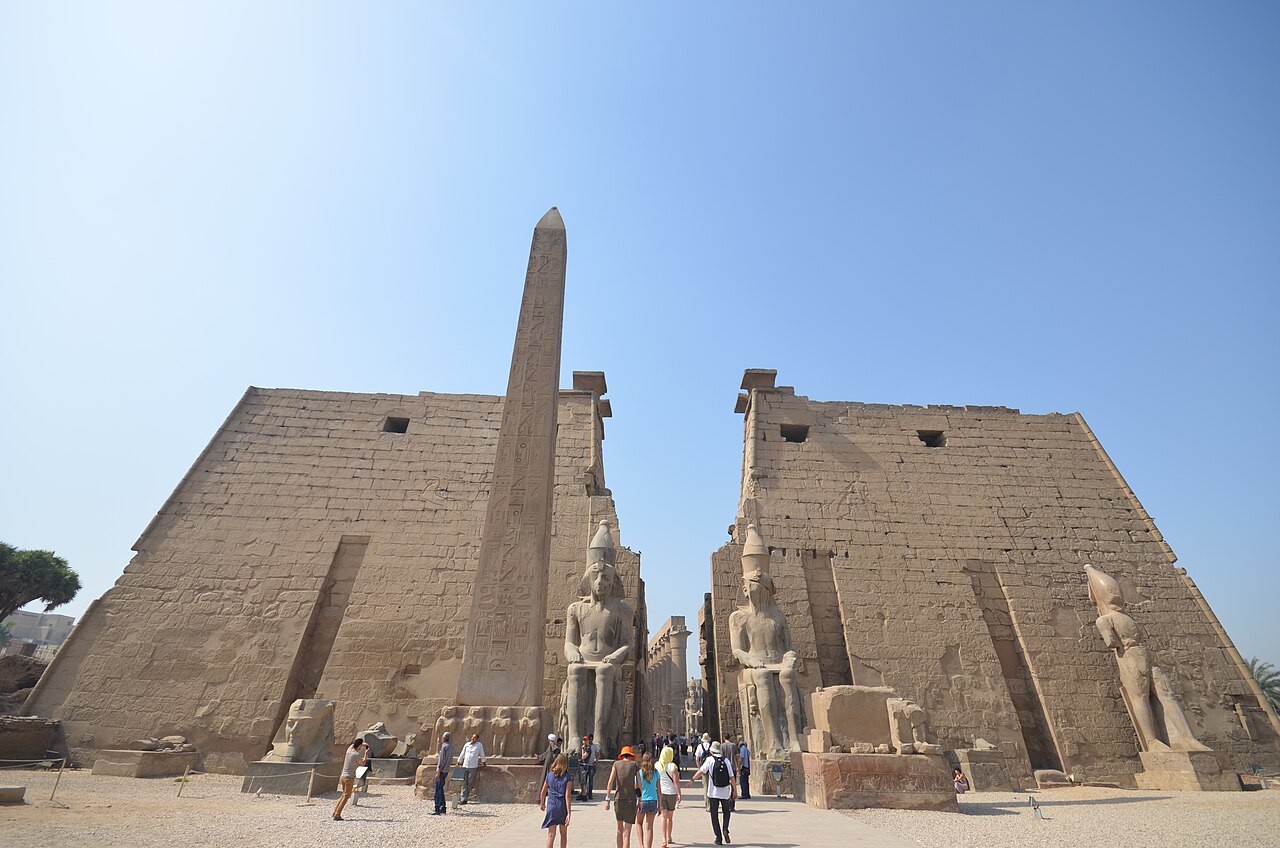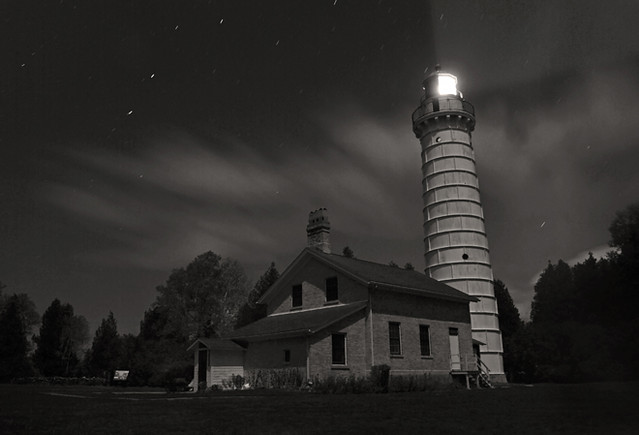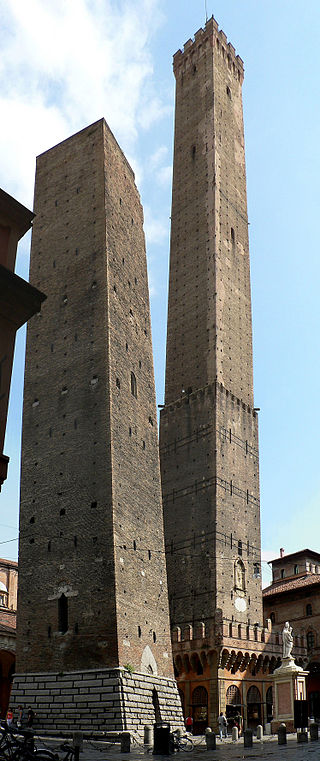Post -by Gautam Shah
TOWERS are tall structures serving many different purposes. Towers
are generally square or circular, and only occasionally multi-cornered. Towers have size tapering or narrowing to the top. A tower
could be a solid mass like column, or hallowed out mass with a with
spirally wound access stairs. Towers, whether a Column or Hollowed
structures are mostly independent entities except in case of mosque
towers for Azan (calling Muslim faithful for prayers).
Towers, have been traditionally wide at the base and narrower or pointed at the top. To defy these attitude, in later part of 19th C towers began to be straight up, with no tapering and squared roof top. The mentality of stability through wide base was not easy to get over. Dual towers or towers arising out of wide base structure replaced it. Early part of current century saw twisted but static tower structures. These were further changed to continuously variable or dynamic form of the structure.
Towers have been of FIVE types 1 Technical towers for observation, telecommunication and power transmission, 2 Clock towers and Land mark or commemorative structures, 3 Prestigious urban structures, 4 Gravity compliant and defiant structures, 5 Stable structuring though wide base, twin towers, hollowed structures, etc.
 |
| Sidi Basir Mosque Minarets Ahmedabad India |
 |
| Obelisk at Luxor Temple Egypt Wikipedia Image by Ad Meskens |
Column towers signify a place or location due to the visibility from
a great distance. Column towers are commemorative structures such
as Ashok Stambha, milestone, survey locations pillars, boundary
junction markers, Dwaja Stambha (Flag mast or tower).
'The obelisks,' says Ebers, 'were sacred to Ra, the sun.' It has been
remarked that sometimes they were entirely gilt, that the apex was at other
times covered with gilded bronze, and some at least appear to have carried
spheres or discs, also of gilded metal.
An inscription describes two obelisks erected by Queen Hashop, the sister
of the great Thothmes: 'Their tops are covered with copper of the best war
tributes of all countries; they are seen at great many miles off. It is a flood
of shining-splendor when the sun rises between them'. Assyrian 'sun
pillars' with shining Bronze were placed on set up right and left of an altar.
In India, pillars supporting sun-wheels are found at the entrance gates to
sacred buildings. Ferguson says: 'My impression is that all the pillars
surmounted by lions in front of the caves, as at Karla, supported originally
a wheel in metal.' Such 'chakra pillars' are frequent on the Buddhist
sculptures, and the wheels appear to have been turned on an axle. In
Orissa, Dr Hunter tells us, 'sun pillars' are surmounted by the charioteer of
the god, or by an eagle.
Hollowed Towers have access facility to go up the top, so can be
called functional structures. These structures are independent entities.
As a stand-alone entity their size, comparative scale and its
architectural form denote its intrinsic importance. Its location, in the
terrain spread, strategic siting match with its functional requirements.
On a sea coast it could be a watch tower or warning tower or a
Landmark such as the light house. On river coasts, such as in Benaras
the towers help management of crowds during Kumbha Melas. On
hilly tops the towers are used for watching the movements across vast
lands. Smoke or Signal towers were legends, where a series of it
transmitted the audio and visual signals of impending dangers.
 |
| Cana Island Light House |
Hollowed towers are often adjunct to a variety of functional structures
at the lower levels. Tower of London is more known due to its
location in Borough of Tower Hamlets, though historically it is marked
for its armory, treasury, menagerie, Royal Mint, public records
office, and home of the Crown Jewels of UK. Bell towers or
Campanile (Italian) are both, free standing type and attached to church
and other places of worship and security. Ghanta Ghar are located on
Chauraha or cross road junctions, so that people can see the time
(‘watch ’) the time and also listen to hourly bells. On fort gates the
Bell towers marked the time and also announced the opening and
closing time of gates. It also announced the change of guards. On fort
gates the watch towers not only help observe enemies’ movements
outside the fort, but were used for policing the Mandi or Markets
beyond the city gates.
 |
| Victory Tower (Vijay Stambha) Rajasthan India Wikipedia Image by Schwiki |
 |
| Tower of Mangia, Palazzo Pubblico, Tuscany, Italy Wikipedia Image by David McSpadden from Daly City, US |
The Tower or Top room over Teen Darwaza and Delhi Darwaza at
Ahmedabad performed the same function with playing of Shehnai
Choghadiya (the start of business in morning and closing time
evening). A CharMinar of Hyderabad is actually a Four-way city gate
but called a Minar or Tower. City center towers are important
landmarks and so a point to ward off the evil spirits and their super
natural powers. Tower structures often include small places of
worship, in the Indian context these are Ganesh, Hanuman, Ambica,
Bhadrakali, Kalika, Sani, Kshetrapal, Dicpal etc. Towers structures
also house tombs, memorials and plaques of saints and warriors in
honour of their services to the town. Married couples place their hand
marks on the gates. Coconuts are tied to gates to mark the beginning
and end of any auspicious or important event. Torans are tied to
tower structures to mark occasions of public festivities. Rakhis and
threads are tied to towers to protect the town not only from enemies,
but from infectious diseases, bad luck etc. Hindu women mourners
walk behind a funeral procession only up to the tower like significant
structures.
 |
| Tomb of Baharuddin Junagadh Gujarat India Wikipedia Image by Bernard Gagnon |
Architectonic elements with Towers like gates, clocks, vaults,
barrels, projected galleries, elaborate horizontal bands make it visible
from a long distance. For technological reasons very tall towers were
unsafe structures. So towers were designed with sequentially reduced
height floors (similar to Walt Disney Park buildings), a visual
aberration to create a tall structure with many floors. Gopurams and
Vijay Stambha (Udaipur) are examples of such visual deviations.
Gopuram like structures were conceived to be very significant, and
naturally received high degree of patronage often making them larger
then the temple itself.
Industrial complexes have a variety of functional towers such
as the
chimney stacks, condensation, distillation, de-fractioning, air-bourne
particle separator cyclones, etc., besides the nominal watch towers.
Many of the watch tower functions can now be replaced by
surveillance tools on thin body posts or through Satellite scanners.
Air-Ports still have Air control traffic Towers. Some of the functions
conducted by the omnipresent towers are being taken over by
electronic controls that remain invisible and unobtrusive.
There are many structural, architectural and sculptural entities that
serve many of the ethos of a towers, such as the Electric Pylons,
Suspension bridge structures, Television and communication towers,
very tall buildings with comparatively small foot prints, very tall water
fountains, chimney stacks, tall statues, search lights, beamed lights,
etc. Modern day drones, gas filled balloons, and satellites.
.
.












No comments:
Post a Comment